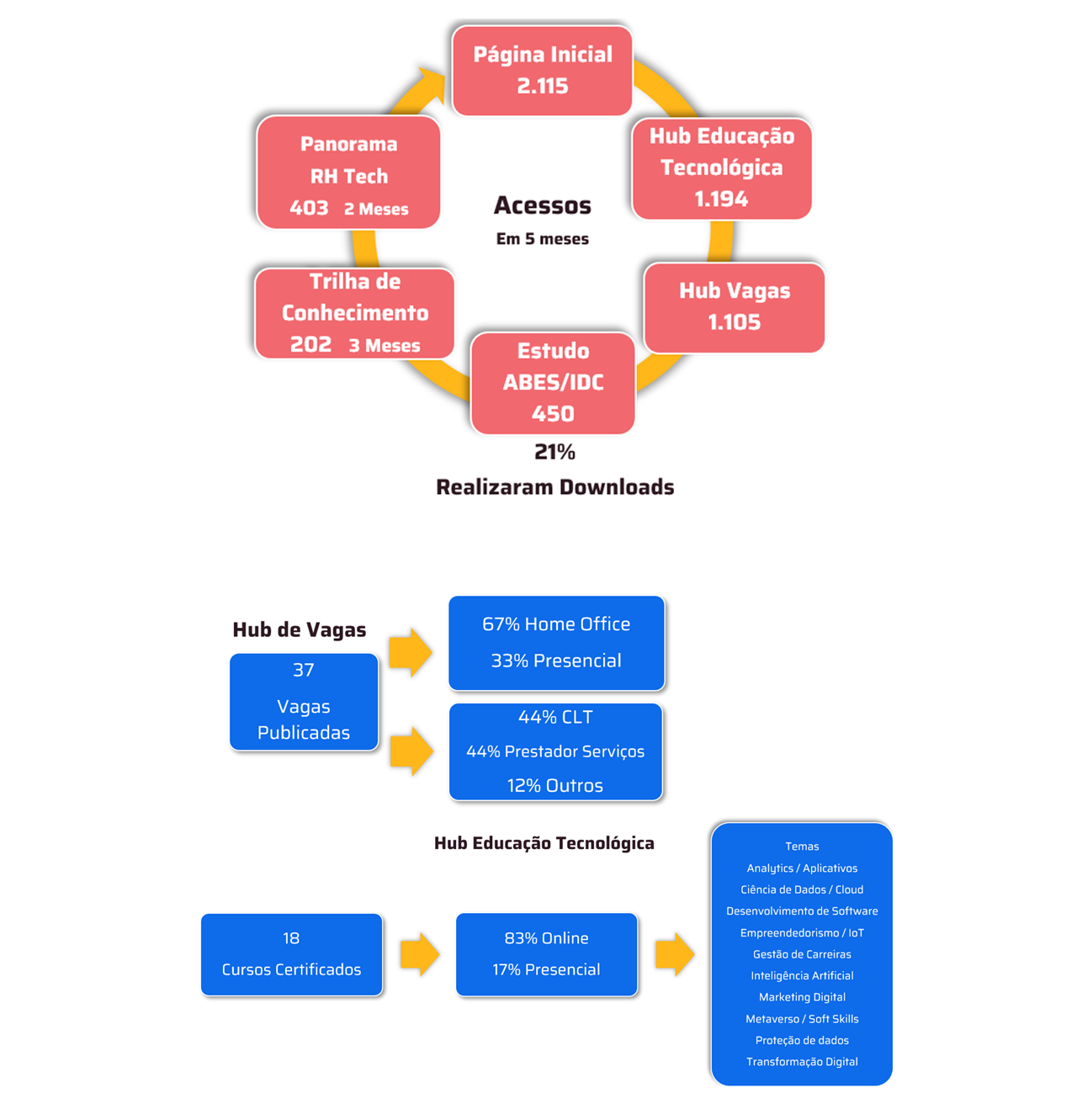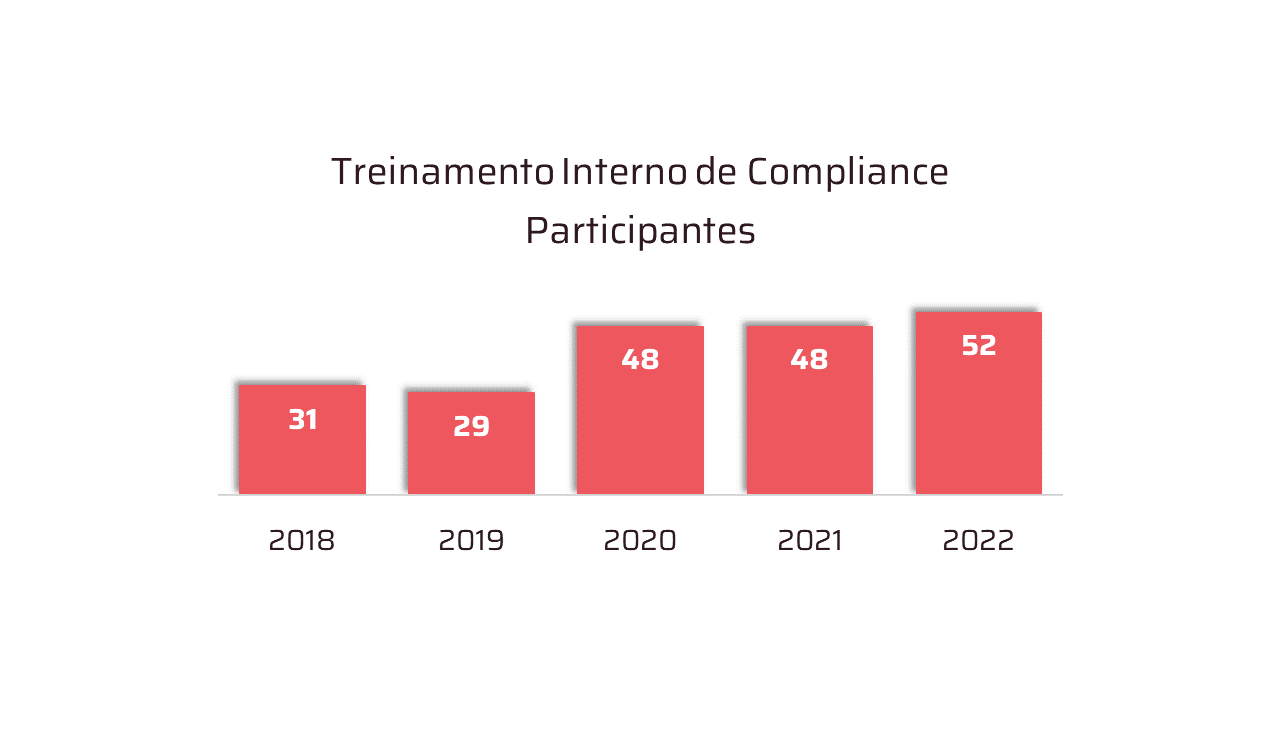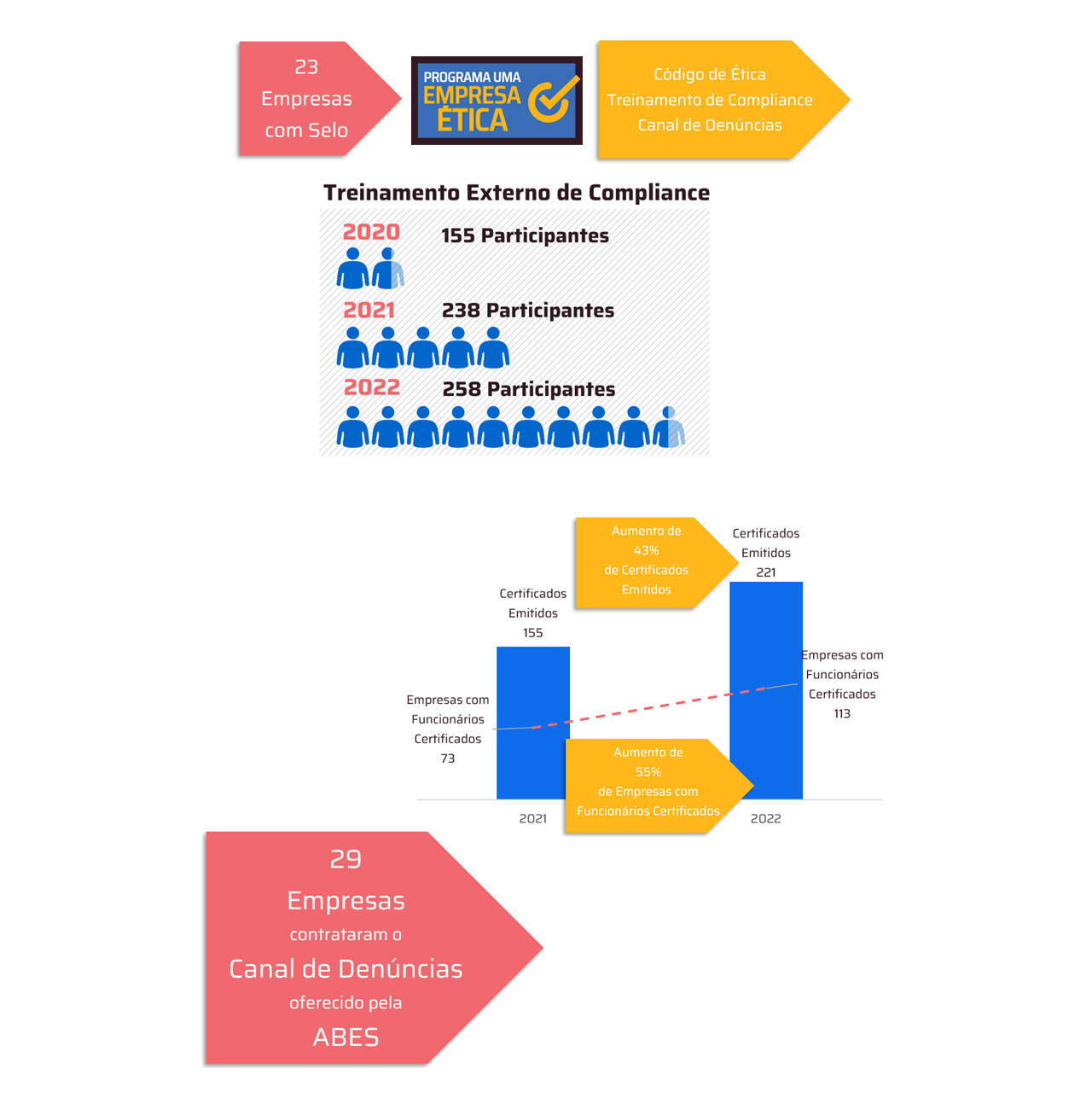 *By Emerson Lima
*By Emerson Lima
In 2025, we celebrate the centenary of quantum theory, a historic milestone for science and technology. Initially proposed by minds such as Max Planck and Albert Einstein, the theory revolutionized our understanding of the microscopic universe, enabling advances that transformed society. Now, quantum computing emerges as the next major step in this technological evolution.
Recently, researchers at Northwestern University (Illinois – USA) achieved an extraordinary feat: the first quantum teleportation using optical fiber. This advance represents a significant leap in the sharing of information between users of distant networks, without the need for direct transmission. Based on the concept of quantum entanglement, two particles can be interconnected, even when separated by great distances. This means that information can be exchanged without the particles physically traveling, a feat that until recently resided in the realm of science fiction.
According to the study, the use of optical fiber not only demonstrated the feasibility of quantum teleportation in existing networks, but also paved the way for real applications in the future. These include absolutely secure communication systems using quantum cryptography and distributed computing networks that surpass the current limits of technology.
The adoption of quantum computing in the business sector also presents significant challenges. The computational power required to operate these systems requires millions of operational bits, and there is still no hardware capable of supporting this demand. The development of scalable processors that can handle this volume of information is one of the main technological barriers to be overcome. In addition, these supercomputers require extremely low temperatures, close to absolute zero, to operate stably, which limits their commercial viability in the short term. Even so, pioneering companies are already investing in this scenario, seeking solutions that enable the practical use of the technology.
Market use will remain limited due to high costs and technological limitations. I believe that in the future, it will be possible for only a few companies, especially big techs, to have direct access to this technology. One likely model is to offer quantum solutions in an “as a service” format, allowing other companies to use these resources on demand, without having to invest directly in their own infrastructure.
Another major challenge is energy efficiency. Maintaining these systems requires highly specialized infrastructure, including advanced cooling mechanisms that consume large amounts of water. This high water consumption raises environmental concerns and could represent an obstacle to large-scale adoption. To mitigate this impact, alternatives such as data centers submerged in the ocean or installed in naturally cold regions are being studied, as they allow for more efficient and sustainable cooling. The search for solutions that reconcile technological advances with environmental preservation will be essential to make quantum computing viable in the long term.
The coming years will be crucial to consolidate quantum computing as an accessible and impactful tool in the corporate world. Companies that prepare now will have a competitive advantage when the technology reaches commercial maturity. The evolution of this sector must be closely monitored by experts and decision-makers, as its impact promises to redefine the paradigms of technology and business.
*Emerson Lima is Business Sales Manager at Adistec Brasil, an IT distributor specializing in infrastructure solutions for Data Centers and Information Security.
Notice: The opinion presented in this article is the responsibility of its author and not of ABES - Brazilian Association of Software Companies













